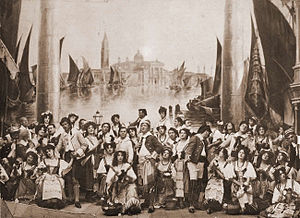
I’m a certified Gilbert & Sullivan junkie, as are my husband and his family. When I was in grade school I had a set of Golden Something-or-Other records and a little record player (yes, it’s true), and one of those ancient disks had G&S selections on it. I can remember listening over and over again to the Mikado’s “My Object All Sublime” and trying to figure out what on earth the words meant about the punishment doled out to a “billiard shark” (whatever that was): “On a cloth untrue/With a twisted cue/And elliptical billiard balls!” I finally realized that this was a pool table with a distorted tabletop, cues and balls. I’ve seen numerous productions of The Mikado and even two performances of the Hot Mikado, a jazz version that is, like, totally great. (The gentlemen of Japan are dressed in zoot suits.) I’ve seen H.M.S. Pinafore and The Pirates of Penzance on both film and in live performances. (Check out the Linda Ronstadt/Kevin Kline/Angela Lansbury version.) I’ve seen a live performance of Patience, one of the lesser-known in the canon. But until I participated in a concert that included the finale from The Gondoliers I’d never even heard of this particular creation.

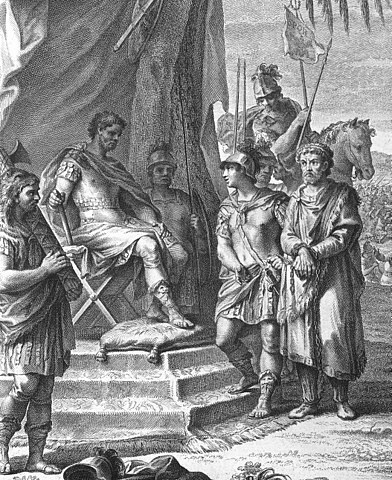
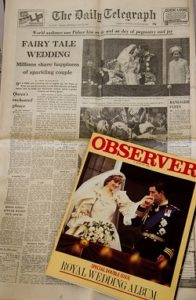
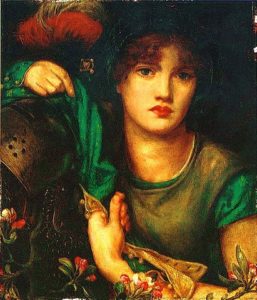
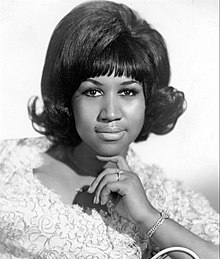
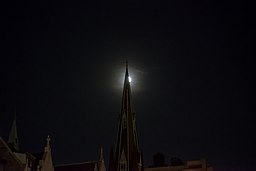
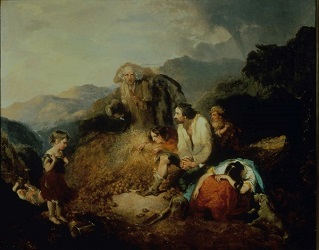
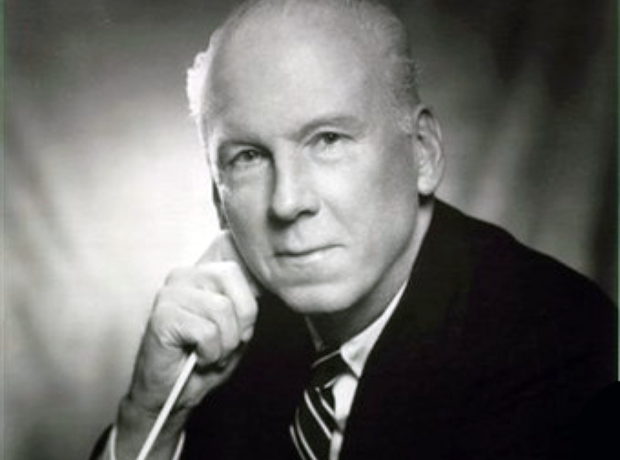 Hey! Who says Leroy Anderson is “lightweight,” anyway? That is, “containing little serious matter”? Just because his music is accessible and fun, with clever sound effects, does that mean it’s not worth our time? Okay, enough with the questions, Let’s get to some answers.
Hey! Who says Leroy Anderson is “lightweight,” anyway? That is, “containing little serious matter”? Just because his music is accessible and fun, with clever sound effects, does that mean it’s not worth our time? Okay, enough with the questions, Let’s get to some answers.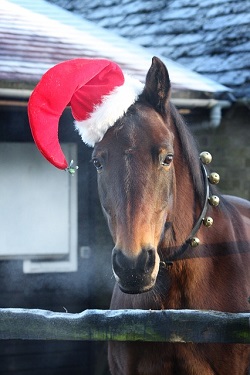 For all you grammar geeks out there, the answer is “both,” depending on the line in the song. It’s quite clever wording. In the first line “jingle” is an adjective, then, in the second line the bells are told to jingle, so the word is now an imperative verb. Isn’t that cool?
For all you grammar geeks out there, the answer is “both,” depending on the line in the song. It’s quite clever wording. In the first line “jingle” is an adjective, then, in the second line the bells are told to jingle, so the word is now an imperative verb. Isn’t that cool?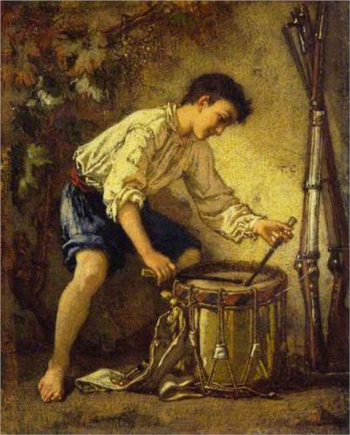 Let’s get the two guys out of the way first. Here’s what I found: the names are common in old French carols, where they are rendered as “Guillô” and, well, “Robin.” The French version of “Willie” is pronounced “Gwee-yo.” Robin’s name is “Ro-bɛ̃,” with that funny-looking “e” being fairly nasal and the “n” not really being pronounced at all—it’s just a marker for the nasal sound. Everybody got that? Anyway, I’m sure if I dug around long enough I could discover why these two names are sort of generic, but I’ll leave it at that, because there’s more ground to cover here. You can just figure that Willie and Robin are like Jack and Jill, or Jim and John, or Lucy and Ethel.
Let’s get the two guys out of the way first. Here’s what I found: the names are common in old French carols, where they are rendered as “Guillô” and, well, “Robin.” The French version of “Willie” is pronounced “Gwee-yo.” Robin’s name is “Ro-bɛ̃,” with that funny-looking “e” being fairly nasal and the “n” not really being pronounced at all—it’s just a marker for the nasal sound. Everybody got that? Anyway, I’m sure if I dug around long enough I could discover why these two names are sort of generic, but I’ll leave it at that, because there’s more ground to cover here. You can just figure that Willie and Robin are like Jack and Jill, or Jim and John, or Lucy and Ethel.